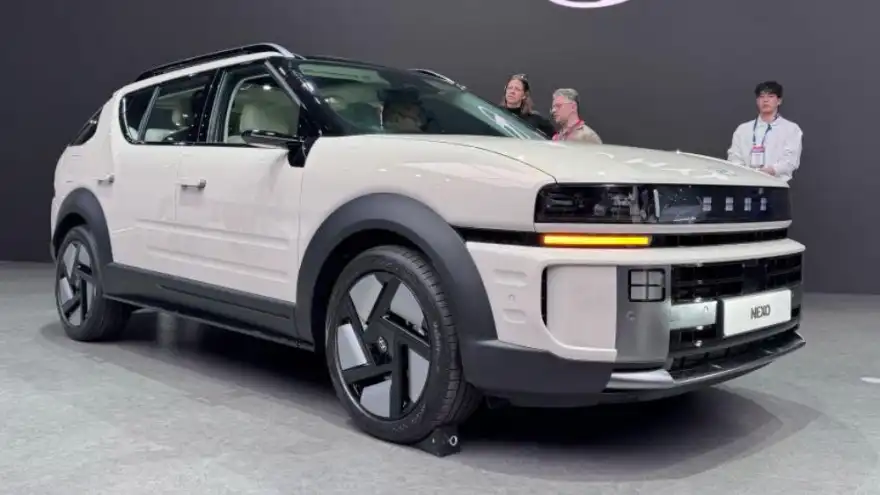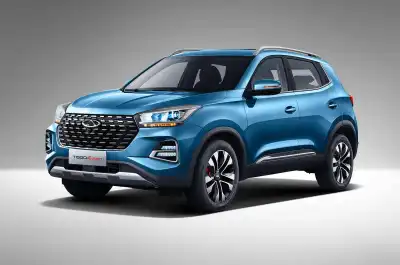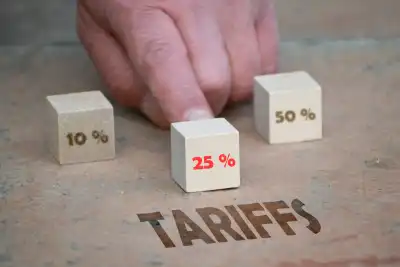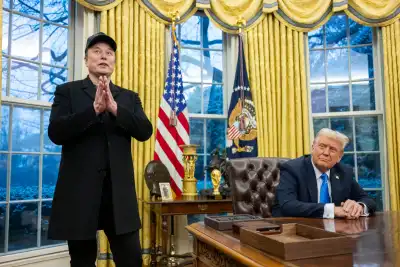
Hyundai has revealed the second-generation Nexo, its latest hydrogen fuel-cell electric vehicle (FCEV). Like its predecessor, the new Nexo is a showcase of Hyundai’s investment in hydrogen technology—a path few other manufacturers are still pursuing as battery-electric vehicles dominate the industry.
At 4,750mm long, the new Nexo is roughly the same size as a BMW X3 and serves as a high-end, flagship model for Hyundai. Its design stands out with a boxy, retro aesthetic that leans more toward a 1980s off-roader than a futuristic fuel-cell vehicle. The front end features squared-off headlight surrounds and horizontal bumper lines that give the impression of a multi-layered design. Other distinctive elements include floating rear quarter windows, a sharply raked rear screen, and pixel-style lighting that links it to other Hyundai models.

Underneath the bold styling, the real innovation lies in the powertrain. The fuel-cell system has been significantly upgraded, with battery power doubled to 80kW and the electric motor now producing 204bhp—an increase over the previous model. This allows the new Nexo to accelerate from 0-62mph in 7.8 seconds, making it noticeably quicker than the outgoing version.
Hydrogen storage has also been improved. The tank now holds 6.69kg of hydrogen—an increase of 360g—thanks to advances in storage density rather than a physically larger tank. As a result, the new Nexo boasts a range of 434 miles and can be refuelled as quickly as a petrol car.
Despite its focus on cutting-edge technology, the Nexo remains a practical SUV, offering a 993-litre boot (larger than before) and the ability to tow up to a tonne. Inside, it features Hyundai’s latest infotainment system with dual 12.3-inch screens.
However, UK buyers are out of luck. Hyundai has no plans to bring the Nexo here due to the country’s limited hydrogen refuelling network. With only 16 stations nationwide, running an FCEV in the UK remains impractical for most drivers.
Do Hydrogen cars have a future in the UK?




